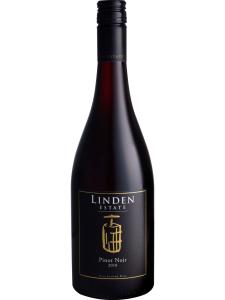-
中文名:新西兰
-
英文名:New Zealand
-
位置:
-
葡萄园面积:公顷
-
葡萄酒特点:
-
产区产量:
-
土壤:
New Zealand is a remote island nation in the Pacific Ocean, a thousand miles or so south-east of Australia. It lies between latitudes 36°S and 45°S, making it the world's southernmost wine-producing nation. New Zealand has 10 major wine-growing regions spread across the North and South Islands, the most important of which is Marlborough.
A variety of wines are made in New Zealand, the most famous of which are the pungent, grassy whites made from Sauvignon Blanc in Marlborough. Pinot Noir has also proved itself well suited to New Zealand's terroir and has made itself at home in Martinborough, Marlborough and most famously in Central Otago, where the wines can be described as dense and muscular with strong flavors of dark fruit. The aromatic varieties Riesling, Pinot Gris and Gewurztraminer have found a niche in the cooler parts of the South Island, and Syrah the Bordeaux Blend varieties (Merlot, Cabernet Sauvignon and Cabernet Franc) do well in the warmer parts of the North Island.
Vineyards and sheep: New Zealand
The first vines arrived in Northland in 1819 and were planted by the father of antipodean viticulture, James Busby (who then went on to establish Australia's Hunter Valley region). Missionaries brought vines to the Hawkes Bay in the 1850s, and in the late 19th and early 20th Century, gum-digging Dalmatian settlers planted vines throughout Auckland and Northland, providing the foundation for the modern New Zealand wine industry.
For much of the 20th Century, the nation's vineyards were mostly confined to the east coast of the North Island, and most wine was made just for local consumption. It wasn't until the 1970s that the vineyard areas began to develop and New Zealand wines began being exported. In 1973, the Auckland-based wine producer Montana (now Brancott Estate) bought land in Marlborough's Wairau Valley. After a few issues with poorly chosen grape varieties and the scourge of phylloxera, Marlborough Sauvignon Blanc took off in a big way in the 1980s and 1990s, producing a style of wine that was praised for its forwardness and its herbaceous, sweaty character.
Most of New Zealand's wine regions have a maritime climate. The long, thin shape of the country means that vineyards are never more than 75 miles (120km) from the coast, and most are in fact far closer than this (with the exception of the semi-continental Central Otago region). A spine of mountains that runs through the middle of the country – from the Tongariro National Park in the North Island to the Southern Alps in the South Island – protects most of the main wine regions from the strong westerly winds from the Tasman Sea that are known as the Roaring Forties. Because of these winds, there are few wine regions on New Zealand's west coast.
New Zealand lies on the boundary between the Pacific and the Indo-Australian tectonic plate, contributing to the volcanic soils that are found in many of New Zealand's wine regions, particularly in the North Island. Wine regions in the South Island owe more geographically to glacial movement. Greywacke and schist form much of the soil in New Zealand's vineyards, which sit on a wide range of sites, from river terraces to mountainsides to hilly farmland.


